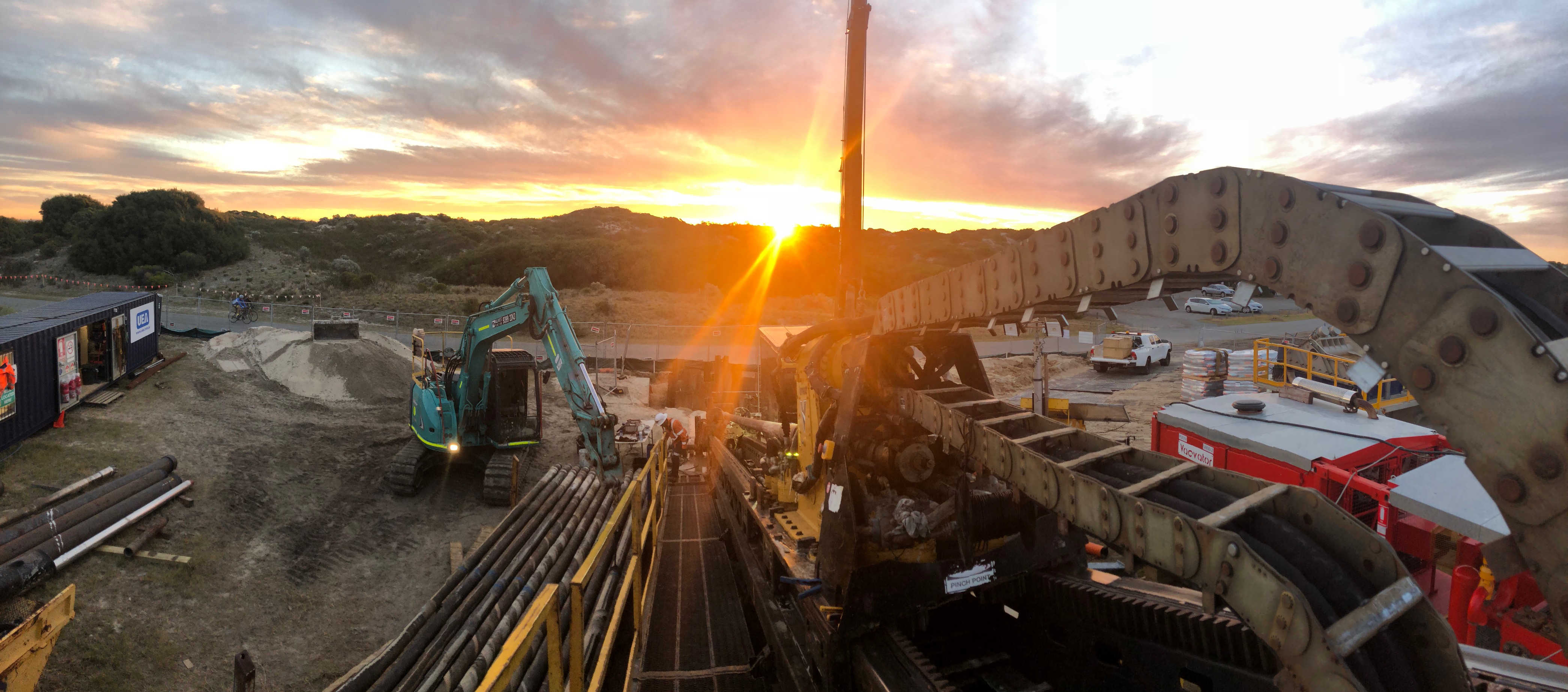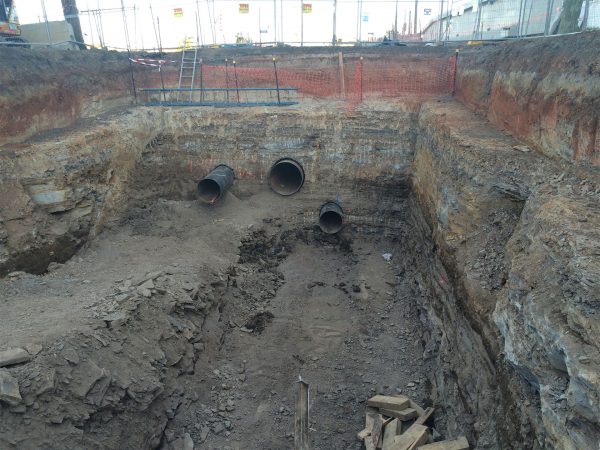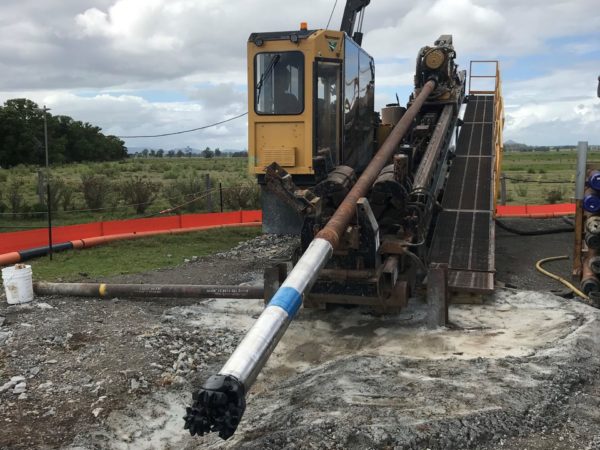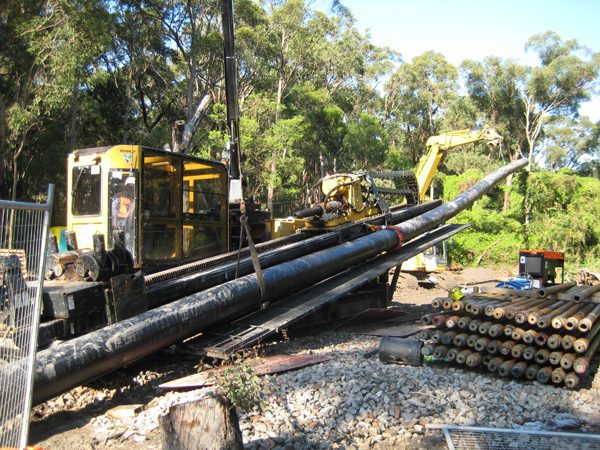Scope of Works
Telstra engaged UEA to construct a new underground access chamber/manhole, and to bore a new telecommunications conduit from Floreat Beach, 800 metres west/northwest to the seabed. The new conduit has been used to connect to the underwater cable. Telstra obtained approval from the Western Australian Planning Commission for this cable landing infrastructure development, with the work carried out in accordance with the approved Environmental Management Plan developed by UEA.
In order to undertake this work, UEA completed the following activities:
- Established a site compound and drill site
- Installed security fencing around the site compound
- Horizontal directionally drilled 800 metres of seawall to predetermined coordinate
- Installed completion piece and buoy on the seafloor using a dive team
- Constructed an underground steel reinforced concrete access chamber/manhole
- Restored the site in accordance with Town of Cambridge standards
Design
Using an in-house design team, UEA undertook the initial surveying for the HDD design and beach manhole design using a Trimble GPS system. A wireline system was employed to track the drill head from the beach out to the predetermined coordinates on the seafloor. Upon completion, additional data (coordinates and levels) was collected along the installed conduit for the finalisation of the work as executed drawings to beprovided as part of the final quality assurance report.
CONSTRUCTION
During the operation, the drilling fluid was constantly monitored to ensure that no loss occurred, with both xanthan gum and freshwater used near the drill exit point to protect marine life. Once the drilling was complete, UEA engaged divers to recover the drill head from the seabed. The divers pulled a rope through the drill rods and installed a subsurface buoy, and the drill rods were left in-situ to act as the conduit for the optic fibre cable.
Challenges
Due to the soft ground conditions on site (sand) a 100-tonne crane was utilised during both mobilisation and demobilisation to assist with the loading and unloading of the HDD equipment and heavy duty track mats were also used to provide access to site for vehicles. A 30 metre length of steel casing was installed from the entry point and keyed into the limestone to remove frac out potential and surface upheaval. On top of all this rough seas and large swells during the project made it difficult for the divers to work on the seafloor.
COMPLETION
Even with these challenges, the project was completed successfully with an overall duration of four weeks. The client was very impressed with how efficiently UEA installed the works with minimum impact to the locals.





